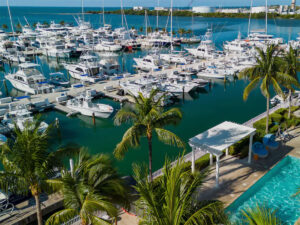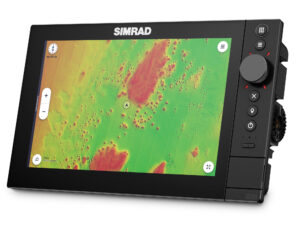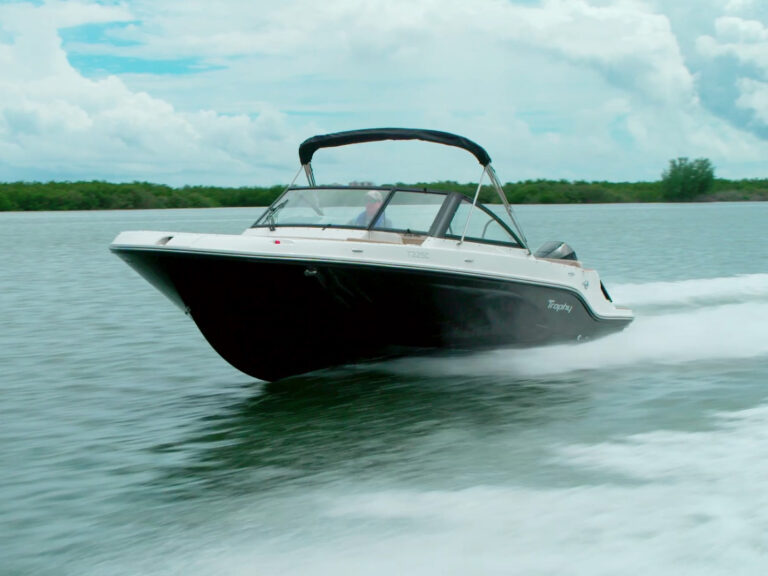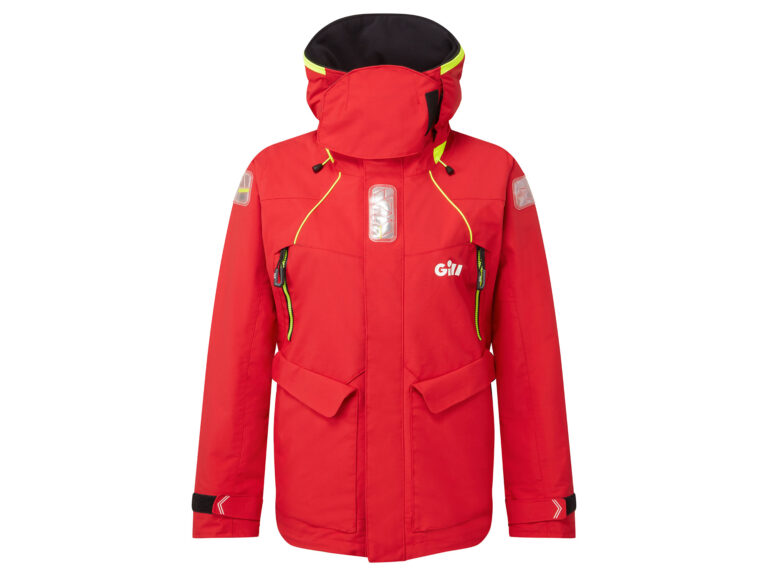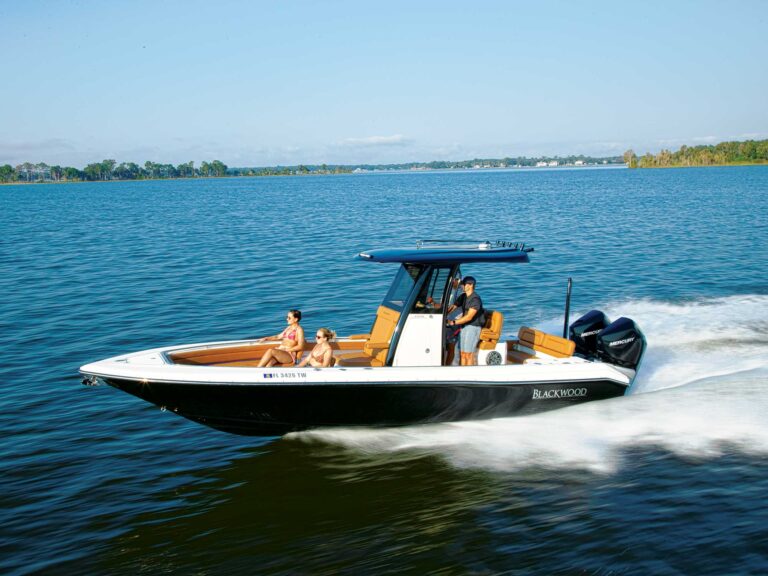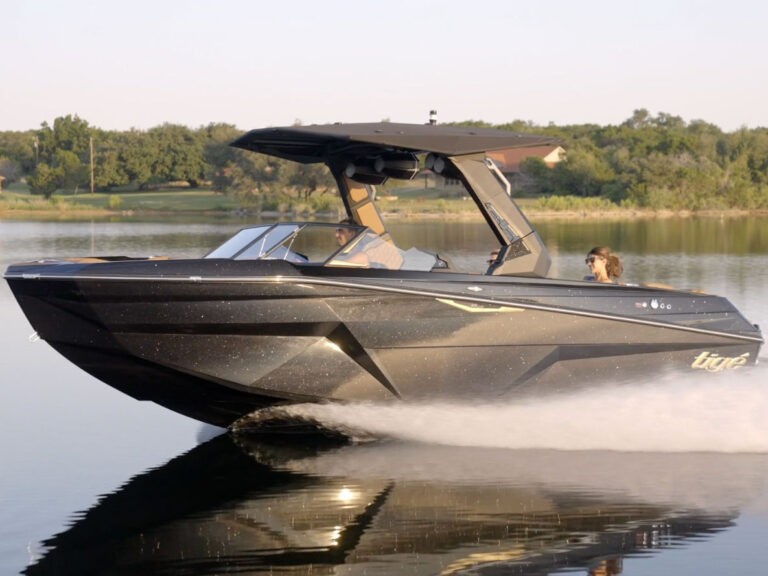
Go-Fast Livewell Systems
Livewell systems grow problematic aboard go-fast fishing machines — sleek center-consoles with multiple outboards pushing them to speeds up to 70 mph. These boats can get airborne, allowing the live-bait system to ingest air. This can cause the bait pump to lose prime or develop an air lock, which will kill bait. While there are a number of solutions, here’s one way to avoid problems and keep your bait lively.
Getting Started
Skill Level: 4/5
Time to Complete: 6 hours
Tools and Supplies
*High-speed bronze through-hull intake strainer ($128.93 for 1 1/2-inch OD, jamestowndistributors.com)
*Pump box ($405.95 for box with two Rule 1500 12-volt pumps, hopkins-carter.com)
*1 1/2-inch bronze seacock for intake strainer ($132.99, defender.com)
*1 1/4-inch bronze ball valves for outlets on pump box ($109.85 each, defender.com)
*Assorted bronze hose barbs and stainless-steel hose clamps
*1/2-inch plastic through-hull fitting for vent hose ($3.95, starmarine.com)
*Assorted diameters and lengths of marine hose
*Assorted stainless-steel hardware
*3M 4000 Fast Cure Marine Sealant ($18.13, wholesalemarine.com)
*Open-end/box wrench set
*Large crescent wrench
*Drill motor
*Hole saw
*Drill bits
*Clean rags

Go-Fast Livewell Systems
1. Get High-Speed Pickup
Through-hull bronze intake strainers from brands like Buck Algonquin (buckalgonquin.com) or Groco (groco.net) mount on the bottom of the hull with the grates forward. Use at least a 1 1/2-inch outside diameter (OD) fitting. Install with a backing plate and utilize a sealant designed for use below the waterline; batten down the collar nut, through-bolt the exterior plate, and back the fitting with a seacock.

Go-Fast Livewell Systems
2. Install a Pump Box
Offshore Bait Solutions (offshorebaitsolutions.com) has sealed boxes with a single intake and bilge pumps inside (such as 12-volt Rule 1500s), bronze plumbing and removable clear acrylic lids. The boxes secure inside the bilge below the waterline, as level and as far aft as possible. Keep intake hoses shorter than 6 feet. Connect the pumps with fused lines to breaker switches at the helm.
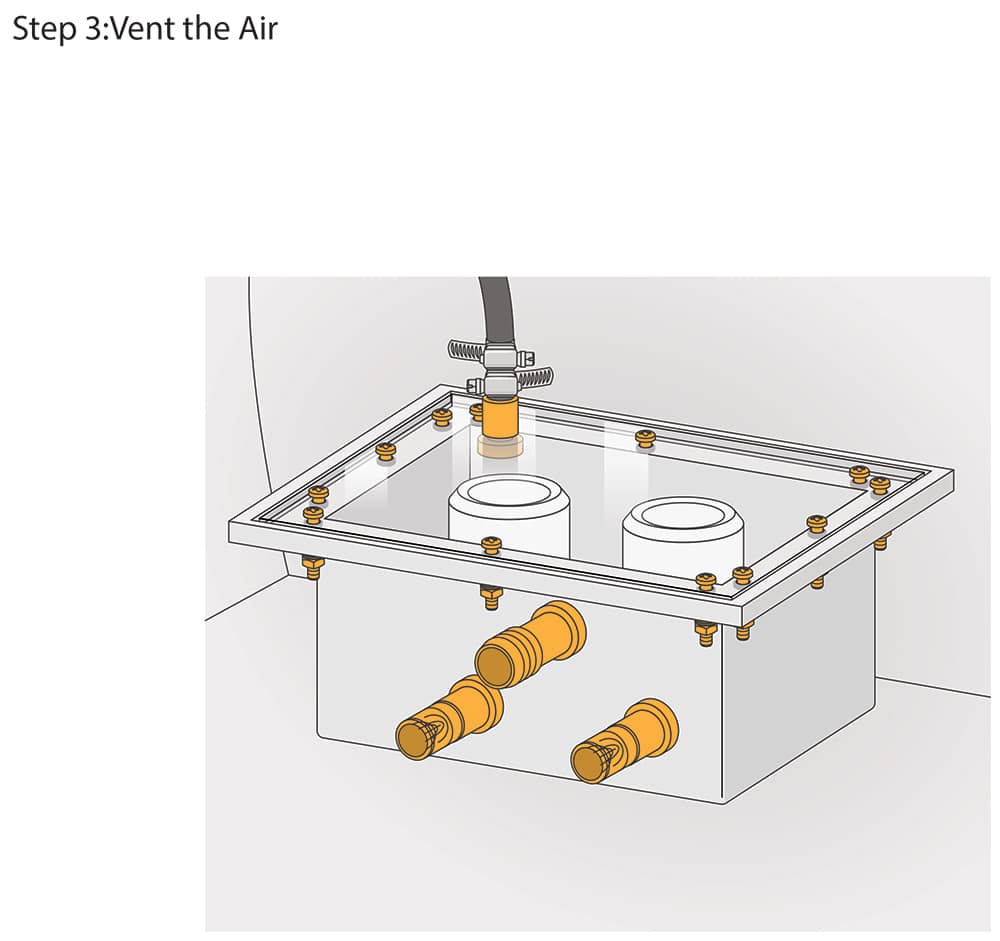
Go-Fast Livewell Systems
3. Vent the Air
To bleed off any air inside (from traveling high speeds, reversing hard or pulling the boat out of the water), the pump box has a vent near the top with a hose and check-valve. Route the hose to a location well above the waterline. Since this vent is for air only, it can be within the boat interior. Make sure there are no low spots in the hose where water might collect and prevent the box from venting.
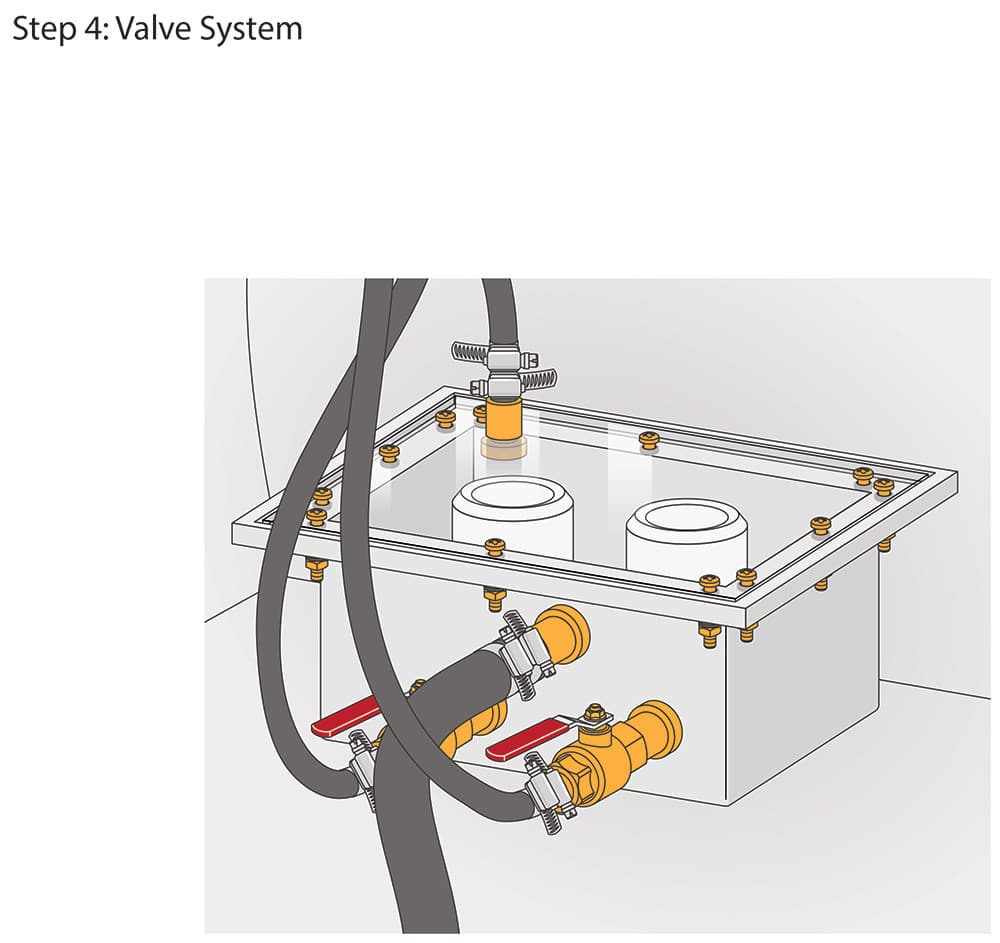
Go-Fast Livewell Systems
4. Use a Valve System
A valve on each output fitting from the pump box allows you to control the flow of water to the livewell and shut down potential leaks downstream. I prefer bronze or stainless-steel ball valves, since these will be below the waterline. Double-clamp all hose fittings on the hose barbs, including the fittings used for the intake hose.
Quick Tip: Most pump boxes will accept two or more pumps. If you have just one well, think about “valving” the system so you can use either pump, giving you a backup should one fail.

Go-Fast Livewell Systems
Control the Flow
As you pump water into a circulating livewell, old water exits from a screen drain near the top. To avoid an overflow, the drain hose needs to be about twice the diameter of the inbound hose. So if you have a 1-inch-inside-diameter feed hose, for example, you need a 2-inch-ID drain hose. Control the flow by adjusting the valve on the outbound side of the pump. Measure flow by timing how long it takes to fill; for up to 32 gallons, a six- to eight-minute fill time is good; for tanks over 32 gallons, shoot for eight to 12 minutes.

